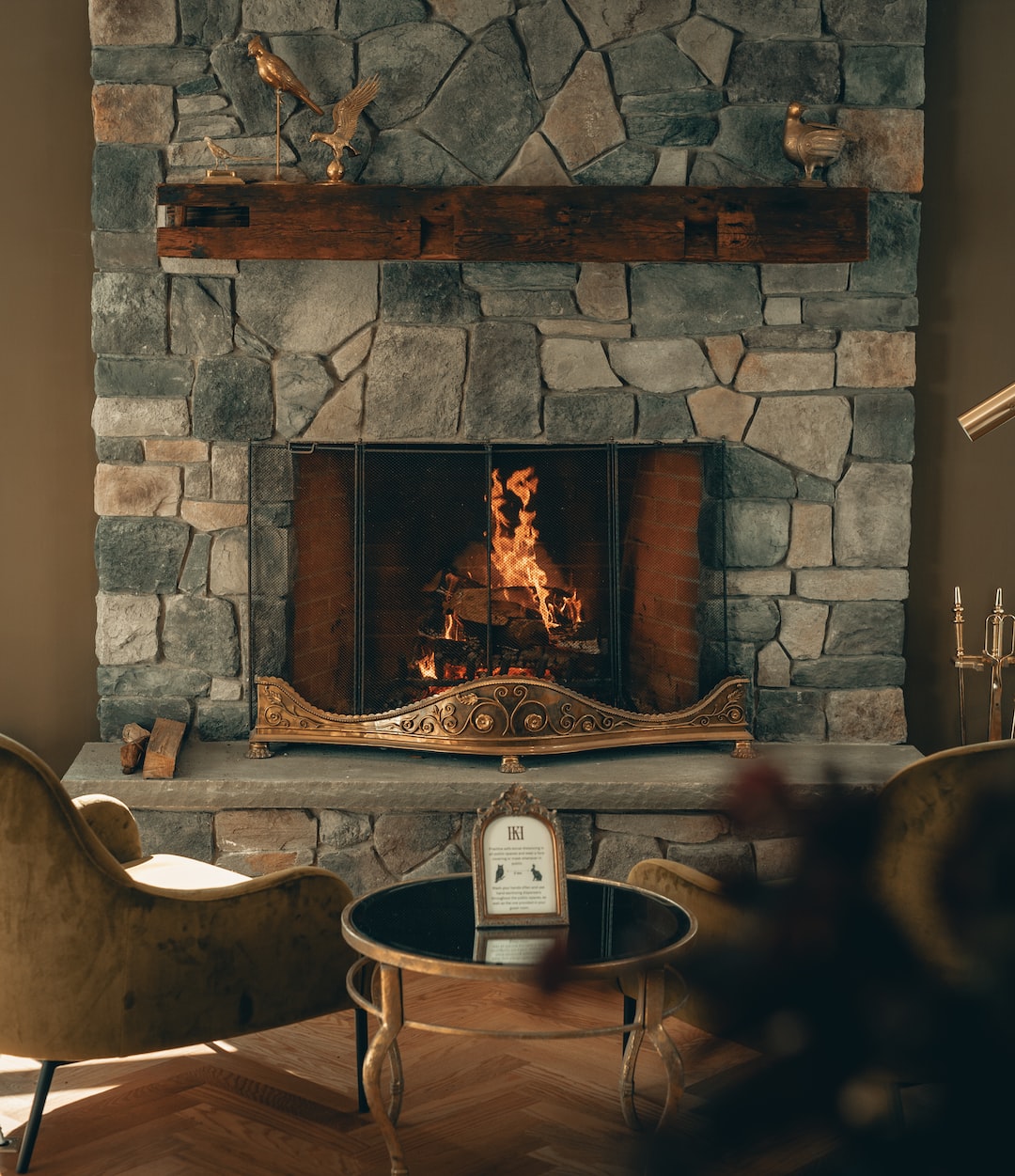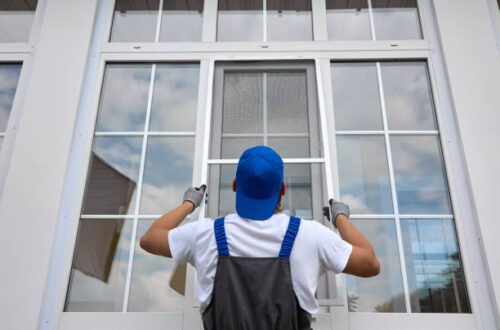Are you interested in learning how to maintain a wood burning fireplace? If so, you need to start learning what it can do to keep your home comfortable this winter.
Fireplace maintenance can provide a consistent place to heat your home. You can also enjoy a warm atmosphere throughout the year. As such, it will become one of your favorite features in your home.
But what do you do when winter’s over? How do you maintain your fireplace so that when you need it, it’ll be ready to go? See below for an in-depth guide on what you should know about keeping a wood burning fireplace.
Read on!
1. Keep the Firewood off the Ground
Firewood can absorb moisture and become soggy, making it harder to burn. You need to keep the firewood off the ground by storing it in a dry and well-ventilated area.
You should also avoid storing firewood on the ground, which can attract fiery firewood pests. Curing and seasoning the firewood is vital to reduce drying time and increase burn quality.
2. Burn Only Dry Wood
Maintaining a wood burning fireplace requires burning only dry, seasoned wood. Burning green or wet wood causes smoking and creates creosote deposits. It can put your home at risk of a chimney fire.
Well seasoned wood should not sound hollow when knocked together. If thrown on the fire, it should make a hissing sound as the moisture is released.
Before burning wood, ensure it has been split and stacked for at least six months with the bark removed. Always inspect the wood to ensure it is well aged, and avoid burning wood painted in any way.
3. Have Your Fireplace Inspected Once a Year
You should consult a certified local chimney sweep to do an annual inspection. The chimney sweep should check the flue and the inside of the fireplace for any damage or signs of creosote buildup.
They should also examine the condition of the mortar, and if any repairs are necessary, they can suggest solutions. You need to have the chimney regularly swept to prevent a chimney fire and address any safety issues.
4. Regular Cleaning and Removal of Ashes
It helps prevent the spread of creosote. It is a deposit that forms when burning wood’s smoke and chemicals react with the air’s moisture. You should remove ashes should from the fireplace at least once a month.
You may need more frequent removal depending on the usage of the fireplace. Before removing the ashes, you need to ensure the fireplace is completely cool. This is to avoid burns and prevent the ignition of stray embers.
5. Use Fireplace Tools
A good set of fireplace tools will include a fire poker, an ash shovel, and a long-handled brush. You need this to clear the ash from the fireplace.
Using a screen or a spark guard to help prevent sparks from escaping. You should also invest in a high-quality log rack, which will help keep your firewood organized and dry.
Clean Your Wood Burning Fireplace Today
Maintaining a wood burning fireplace can add warmth and charm to your home. Keeping the firewood off the ground, burning only dry wood, and using fireplace tools. These are all tasks that will help keep your fireplace for years to come.
Regular maintenance and inspection of the fireplace will ensure it’s safe and efficient year-round. Contact a certified chimney sweep to ensure all is well with your wood burning fireplace.
Did you find the article helpful? Read another one to find out more.






